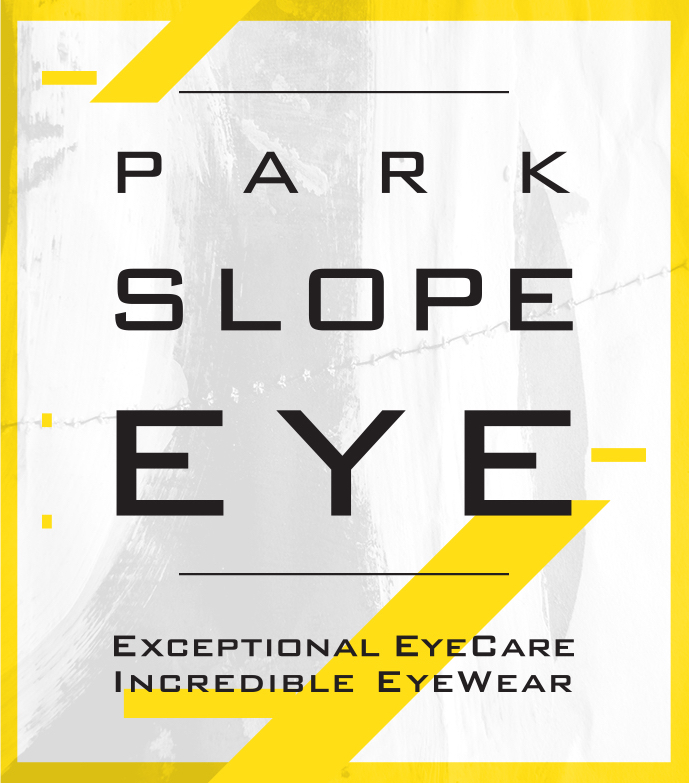Stop us if you’ve heard of this one before:
“Number 1, or number 2?”
This phrase is practically synonymous with the refractive eye test, a routine process optometrists perform to determine if you may need glasses, contacts, or even laser eye surgery. Refractive testing is an essential part of every eye exam, and it’s a crucial step toward helping you achieve clear, comfortable vision.
But what can you expect from refractive testing? How do optometrists accurately determine your lens prescription? And what do those numbers on your lens prescription mean, anyway? Let’s take a deeper look at refractive eye exams and uncover how our team can support your sight.
If you think your vision could use a little help achieving the clarity you want, please book an appointment with Park Slope Eye today!
Why Should You Have Regular Eye Exams?
Aside from determining your lens prescription, regular eye exams can help detect various conditions and diseases that may affect your eye health and vision over time. Using a variety of diagnostic tools and technology, we can observe several structures and look for signs of:
From the information we collect from your eye exam, not only can we prescribe corrective lenses but also provide strategies and treatments to help preserve your eye health and vision.
If you’re under 65, we typically recommend a comprehensive eye exam once every 2 years. If you’re over 65, we recommend annual eye exams. However, we may recommend more frequent eye exams depending on your eye care needs.
How Do We Measure Your Prescription?
We can measure your vision quality and determine your lens prescription with the help of various refractive testing techniques—the most common being a phoropter and a Snellen eye chart.
A phoropter is a lens comparison device we place in front of your eyes while we have you read from an eye chart. This device allows us to quickly switch between different lens types, making it easy for you to tell us if specific lenses provide more clarity than others.
After testing how well you can read from the eye chart while looking through several types of lenses, we can provide you with a lens prescription unique to your needs.

What’s in a Lens Prescription?
Now that we’ve provided you with a lens prescription, you might wonder what all the different numbers and letters might mean. Although this might seem confusing at first, lens prescriptions are actually quite straightforward.
Most prescriptions include letters like OD and OS on the far left and letters like SPH, CYL, AXIS, ADD, PRISM, and PD across the top. At the bottom, you’ll see another section labeled PD. So what do these mean?
- OD (Oculus Dexter) represents your right eye, and OS (Oculus Sinister) represents your left eye.
- SPH, abbreviated from “spherical correction,” represents the actual strength of your prescription.
- CYL, or your cylinder number, represents how much astigmatism you may have. If you don’t have astigmatism, the sections under CYL and AXIS will be left blank.
- If you do have astigmatism, the sections under AXIS will represent where it may be on your cornea. Your AXIS number will be between 1 and 180 degrees.
- If you have presbyopia and need multifocal lenses, ADD will represent how much your prescription will need to change between powers to help you achieve clear near and far vision.
- If you struggle with double vision, the PRISM value represents a type of correction you may need to help merge the images from both of your eyes.
- PD represents the distance between your pupils.
Depending on what you need to achieve clear vision, your prescription may have all of these values filled or maybe just a couple. In most cases, we prescribe lenses to help correct nearsightedness, farsightedness, astigmatism, or presbyopia, represented by the numbers you see on your prescription.
Nearsightedness
Nearsightedness, or myopia, affects your ability to see far distances clearly. Myopia can start developing during childhood and can progress for years, but lens prescriptions (and a few different myopia control techniques) can help address this concern and keep your distance vision clear.
If you have nearsightedness, you’ll see a “-” next to the number you find in the sections beside OD and OS and under SPH. For example, -0.25 to -2.00 represents relatively mild nearsightedness, while -5.00 and beyond will need a stronger prescription to help correct it.
Farsightedness
Farsightedness, or hyperopia, is a refractive error that affects the quality of your near vision. This issue is represented by numbers with a “+” next to them, with higher numbers meaning higher prescriptions.
Like myopia, +0.25 to +2.00 prescriptions are relatively mild, but +5.00 and up will likely need a powerful prescription.
Astigmatism
Astigmatism is an issue that affects the curvature of your cornea, the clear part of your eye that light passes through to reach your retina. Astigmatism can make it difficult to see both near and far distances clearly, but your lens can address this error with the help of the CYL and AXIS values.
CYL measures the curve of your astigmatism, while AXIS helps determine where your astigmatism may be.
Presbyopia
Presbyopia is a common age-related eye condition that also affects the quality of both near and far vision, albeit a little differently from astigmatism.
As you grow older, the eye muscles you use to focus your vision can lose elasticity, making it more difficult to switch your focus from far to near distances. Multifocal lenses can help correct this issue by adding another prescription, represented by the ADD value, to your lenses and correcting your near vision.
Experience the World With Clarity
We’re here to serve your vision and support your eye care needs. If you’re struggling with blurry vision and want to see how glasses or contacts can provide the clarity you’re looking for, please book your appointment today at Park Slope Eye!









